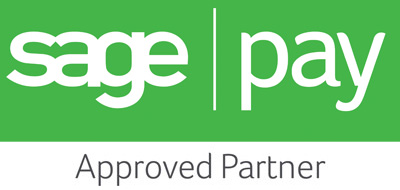Can Everyone Use Your Website?
Digital accessibility is a legal requirement for public sector websites and mobile apps, so even though private businesses don't have to meet these requirements it is best practice to optimise your website and/or apps for people living with disabilities. It's not just people with visual impairments who use adaptive technology like screen readers and browser extensions that allow you to use voice commands to navigate a website. People who love to multi-task might use a screen reader to consume information while they work out, and those with dyslexia may also use this type of technology to make digesting information easier. People living with mobility impairments or tremors may find using a keyboard or mouse difficult, so they rely on voice commands or other input methods to use the web.
The internationally recognised standards for website accessibility are the WCAG 2.1 (Web Content Accessibility Guidelines) and these cover input methods (such as being able to use a keyboard to navigate instead of a mouse or voice commands), screen readers and magnifiers, and easy-read content for people with intellectual disabilities. It is also worth considering making your content translatable (which can be done by allowing browser tools and extensions to translate your content automatically) so that people whose first language is not English can read your website in the language of their choice.
Many of the ways to meet the WCAG 2.1 can be done with automated tools or add-ons so you don't have to do every single task. Make sure you test the results of these tools before making them live, and see how they work with different browsers and screen readers. Some automated tools, like those which add captions to a video, can be inaccurate and lead to potentially embarrassing subtitles – the same goes for automated transcripts of video content. Adding meta and image descriptions is also better done by a person than through AI, as you can add context that a computer would not pick up.
Although a lot of the work around making your website accessible to all is content related, design is also very important. Using colours to differentiate buttons or sections of the website can be a problem for people with colour blindness and other visual impairments, and you should pay close attention to the background colours behind text – white text on a grey, yellow or other pale coloured background can be hard to read, even for people without visual impairments. Flashing images, scrolling text and other moving graphic components also pose a problem in accessibility terms. If vital information is provided through these means it could be missed by people using adaptive technology, and it can also be an issue for anyone with cognitive issues.
Charities are a good source of information about specific disabilities, while government guidance on meeting the WCAG 2.1 is also a good starting point to learn more about how websites and other digital assets should be designed and built to ensure they can be used by everyone, regardless of their disability or reason for using adaptive technology.
